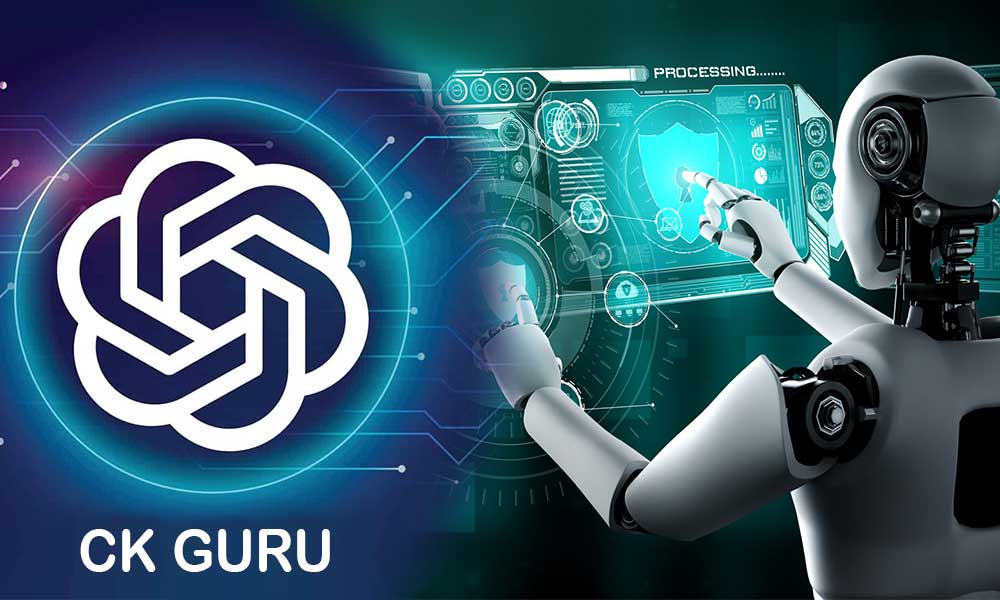The OpenAI Revolution: How the o3 and o4-mini Are Transforming the Workplace in 2025
In the year 2025, the most recent models that OpenAI has to offer, most notably the o3 and the o4-mini, are bringing about a transformation that is both large and profound in the landscape of the workplace. This transition is being brought about by OpenAI. A change that is both extensive and profound is being brought about as a result of this shift. At this very moment, the revolution is bringing about changes that are not only substantial but also essential.
These changes are currently being brought about. The production of artificial intelligence agents that are capable of reasoning, acting independently, and interacting with a broad variety of technology is becoming attainable for the goal of completing this mission. The capabilities of these agents are expanding, and they are becoming more and more capable of accomplishing all of these things. There has also been an increase in the automation of normal employment, which is being carried out at a rate that is continuously increasing. This trend is not going away anytime soon. This new trend is leading to an increase in the automation of occupations that are considered to be typical. The continuation of this trend is something that is expected to occur. Furthermore, it is contributing to advancements in decision-making and a greater emphasis on strategic aspects of work, both of which are currently being conducted. Both of these developments are currently being carried out. The implementation of both of these different advances is currently taking place. Besides the fact that it is a factor that is contributing to these improvements, this was also a factor that contributed to the advancements that are taking place.

1. AI Agents as Collaborative Partners
At the moment, the models that are being built by OpenAI are going beyond the concept of basic automation in order to develop artificial intelligence agents that are capable of carrying out their own planning, reasoning, and actions. This is being done in order to produce agents who are capable of performing these tasks independently. This is being done in order to produce agents that are capable of carrying out their own acts on their own.
As a result of the presence of the agents in question, workflows and decision-making procedures are experiencing a metamorphosis as a consequence of their presence. The agents in question are not merely tools; rather, they are partners in collaboration. Not only instruments, they are more than that. They are more than that. The capacity to generate solutions, examine data, and even use technology in order to address complex challenges is something that they are able to achieve in a matter of minutes. This talent allows them to address complex challenges. They are capable of doing all of these things. They have the level of expertise necessary to carry out each and every one of these activities.
2. Increased Automation and Efficiency
As a result of the potential of artificial intelligence to automate regular occupations across a wide range of businesses, it is now possible for human workers to devote their focus to activities that are more strategic and creative. This is a significant advancement in the field of human labor. The fact that mundane chores can now be performed by machines has made it possible for this opportunity to present itself.
Tasks that are examples of activities that come under this category include, for instance, activities such as automated coding, contacts with customer service personnel, and data analysis. In addition to the activities that are covered in this category, the following are some other examples of activities.
There have been recent advancements in efficiency that have made it easier for firms to expand their operations while also concentrating on innovation. The advantages that this provides to firms are substantial. One of the most significant advantages is that this is the case.
3. Improvements, both in terms of the capacity to make decisions and the capacity to discover solutions to problems: Considering that artificial intelligence is able to examine massive datasets and recognize patterns, decision-making processes are being enhanced as a direct result of this capability. This is a direct effect of the fact that artificial intelligence powers.
By offering organizations with insights that are driven by data, artificial intelligence is assisting businesses in making decisions that are better informed through the provision of these insights. The benefits that this provides to organizations are substantial. Applications that utilize artificial intelligence are providing these companies with the information that they require during this time.
Because of the ability of artificial intelligence to reason through difficult circumstances, even when they are presented with visual inputs, there has been a growth in the capacity for problem-solving. This has led to an increase in the capacity for problem-solving generally. This is the case regardless of whether or not the artificial intelligence is presented with specific problems.
4. Focus on Strategic Work and Upskilling
The team is focusing its efforts on operations that require more strategic and creative thinking as a result of the fact that artificial intelligence is taking over responsibilities that were previously carried out by people rather than the other way around. On account of the fact that the staff is aware that these responsibilities are being taken over by AI, this is the reason why this is taking place.
It is envisaged that employees would acquire new skills as a consequence of this transformation. One example of this would be the acquisition of information regarding the effects that artificial intelligence has on organizations and the value that users obtain from it. One of the forecasts that has been suggested is that this will occur. This new ability is one of the expectations that employees are expected to acquire, and it is predicted that they will make this acquisition. Just to add insult to injury, it is anticipated that they will receive training in these newly acquired skills. The situation is going to become even more dire as a result of this. One of the stages that is becoming increasingly essential is the implementation of programs that are focused on assisting workers in expanding their existing abilities and learning new ones. Adapting to the ever-changing nature of the work environment is becoming an increasingly crucial step, and one of the steps that is becoming increasingly important is the implementation of programs. This is the situation that exists as a result of the fact that the fundamental characteristics of the working environment are continuously evolving and expanding.
- The Future of AI Ethics: What 2025 Holds
- Google Gemini vs ChatGPT: Which AI Assistant Is Smarter?
- Open-Source Artificial Intelligence Tsunami: Meta Llama 2025
5. New Skills and Job Roles
Several new job categories have evolved as a result of the growing number of artificial intelligence agents. These new career categories are focused on the development, management, and operation of these systems. As a consequence of the fact that the workforce is expanding, several new job categories have been established. There has been an increase in the number of AI agents, which has resulted in the formation of these new job categories. These new job categories are a direct consequence of the rise in the workforce.
The professionals who work in the field of artificial intelligence come from a wide range of different backgrounds and specialize in a variety of different professions. There are many different sorts of specialists that come under this category. Some examples of these experts include AI solution architects, AI ethicists, and AI trainers.
In order for the workers to be able to work with artificial intelligence, it is required for them to be able to do so. Some of the skills that they need to acquire in order to be able to do so include data analysis, quick engineering, and AI safety.
6. Democratization of AI
OpenAI’s o3 and o4-mini models are both designed to be more easily accessible and more cost-effective than their competitors. This is in comparison to the other models that are on the market that are comparable to them. OpenAI was responsible for the development of both of these models when they were still in the process of being developed. The fact that they are able to make the use of artificial intelligence more accessible to a larger audience is a crucial advantage that they possess. One further benefit that they have is that they have this.
It is therefore not completely out of the question that methods that make use of artificial intelligence might become more often applied across a wide variety of applications and skill levels. This is because of the fact that it is not completely out of the question. On the other hand, this is not something that is wholly disproportionate. Taking into consideration the fact that this is the scenario, the explanation for this is that this is the circumstance because this is the situation.
Although artificial intelligence is becoming more ubiquitous, it is anticipated that the abilities of creativity, critical thinking, and social intelligence will continue to be vital for the workforce of the future. This is despite the fact that artificial intelligence is becoming more widespread. Despite the fact that the level of sophistication that is inherent in artificial intelligence is expanding, this is the situation that has arisen.




